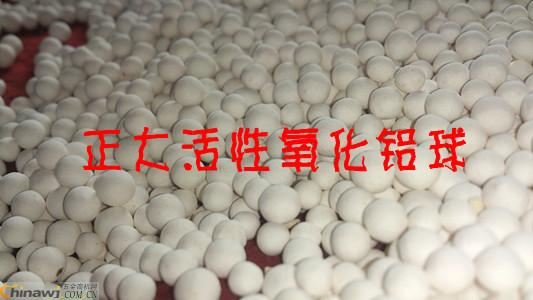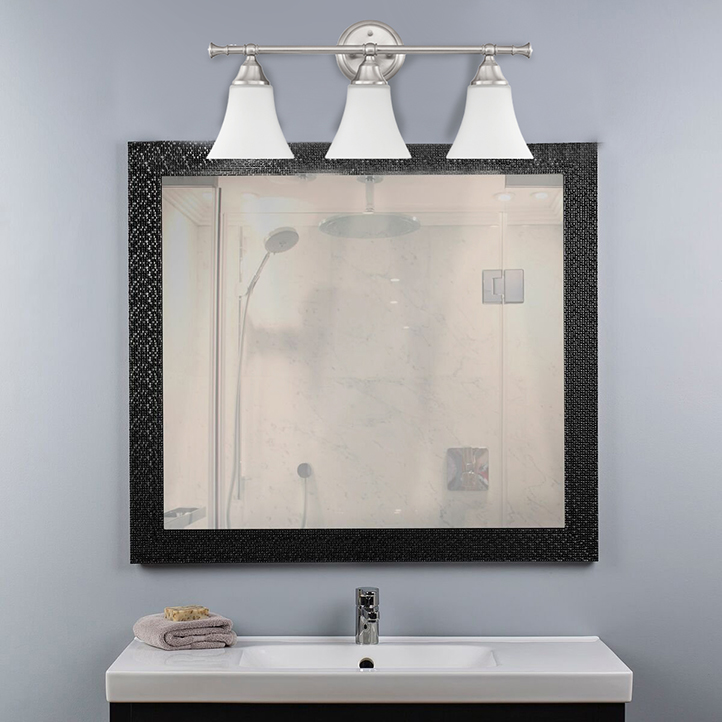A Detailed Overview of the Production Process of Activated Alumina

Activated alumina is a highly porous and chemically stable material commonly used in industrial applications such as drying, purification, and filtration. The production process involves several key steps that ensure the final product has the desired physical and chemical properties. Here’s a detailed explanation of how activated alumina is made: First, aluminum chloride (AlCl₃) is mixed with ammonium hydroxide (NH₄OH). This reaction leads to the formation of a gel-like precipitate, which is primarily composed of aluminum hydroxide. Next, the mixture undergoes precipitation, where solid particles begin to form as the chemical reaction progresses. This step is crucial for determining the initial structure of the final product. After precipitation, the resulting precipitate is aged at a controlled pH level between 8 and 9 for a specific period. This aging process helps improve the crystallinity and stability of the aluminum hydroxide, making it more suitable for further processing. Once the aging is complete, the mixture is filtered to separate the solid precipitate from the liquid. This ensures that only the desired material moves forward in the production line. The next step involves washing the precipitate thoroughly to remove any residual impurities or byproducts from the previous stages. This cleaning process is essential to maintain the purity of the final activated alumina. Following washing, the wet cake is acidified. This step helps adjust the pH and prepare the material for shaping. Acidification can also enhance the structural integrity of the material before molding. After acidification, the material is molded into the desired shape, typically small balls or granules. This step is important for ensuring uniformity and consistency in the final product. Once shaped, the material is dried to remove any remaining moisture. Drying is a critical stage that affects the porosity and mechanical strength of the activated alumina. Finally, the dried material is subjected to high-temperature burning, also known as calcination. During this process, the material undergoes structural changes that increase its surface area and adsorption capacity, turning it into activated alumina (Al₂O₃). This entire process results in a highly effective adsorbent material that is widely used in various industries, including gas purification, water treatment, and chemical processing. The careful control of each step ensures that the final product meets the required quality standards for its intended applications.
Indoor Wall Light is Lighting Product installed on interior walls, usually consisting of a lampshade and a bracket. They include Wall Sconce and Vanity Light come in various designs and styles, ranging from modern, traditional, artistic, to minimalist. Indoor wall light can be used to provide basic lighting or to create atmosphere and accentuate interior decoration. Some indoor wall light also come with dimmers, allowing for adjustable light levels as needed. They typically use LED or energy-saving bulbs, thus saving energy and being long-lasting.

Indoor Wall Light,Decorative Indoor Wall Light,Decorative Indoor Wall Lamp,Indoor Vanity Light
Zhengdong Lighting Co., Ltd. , https://www.sundint.com